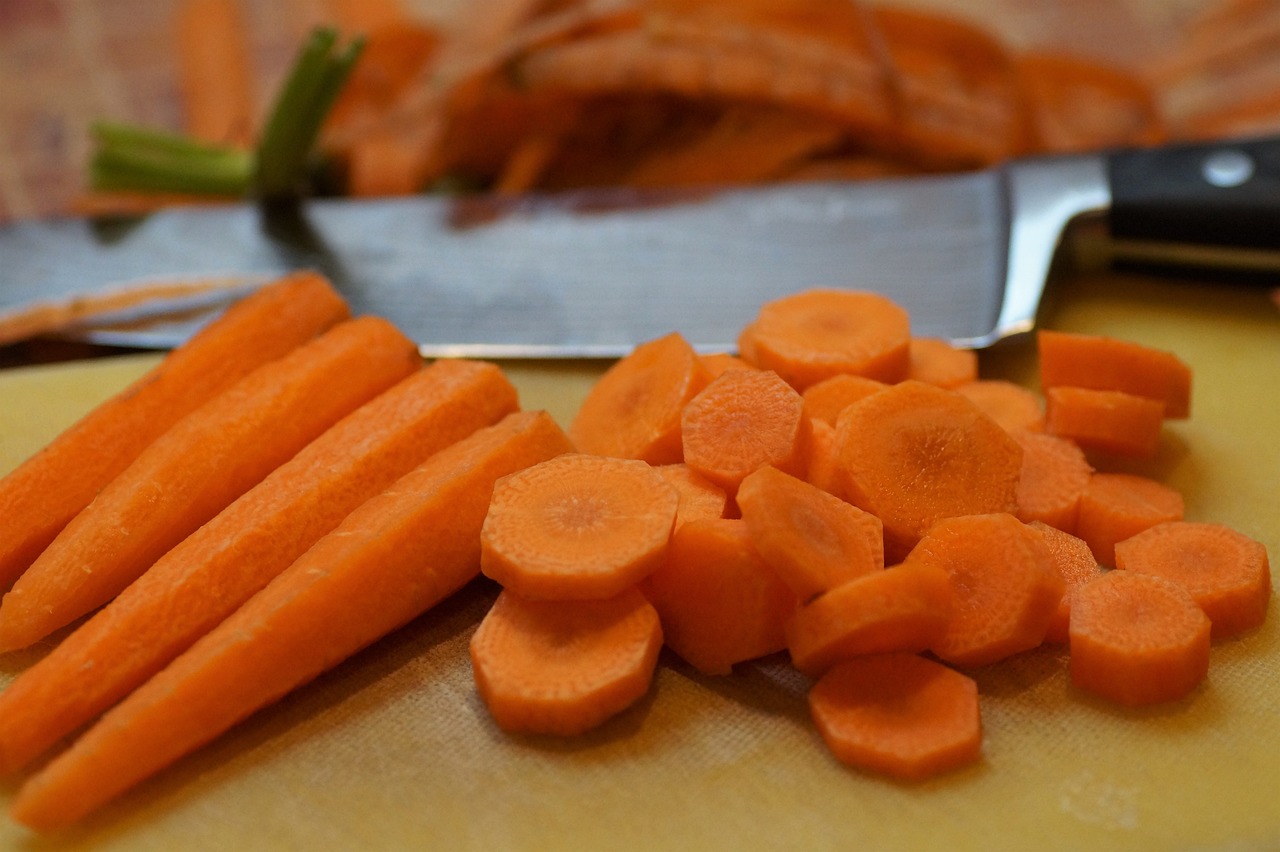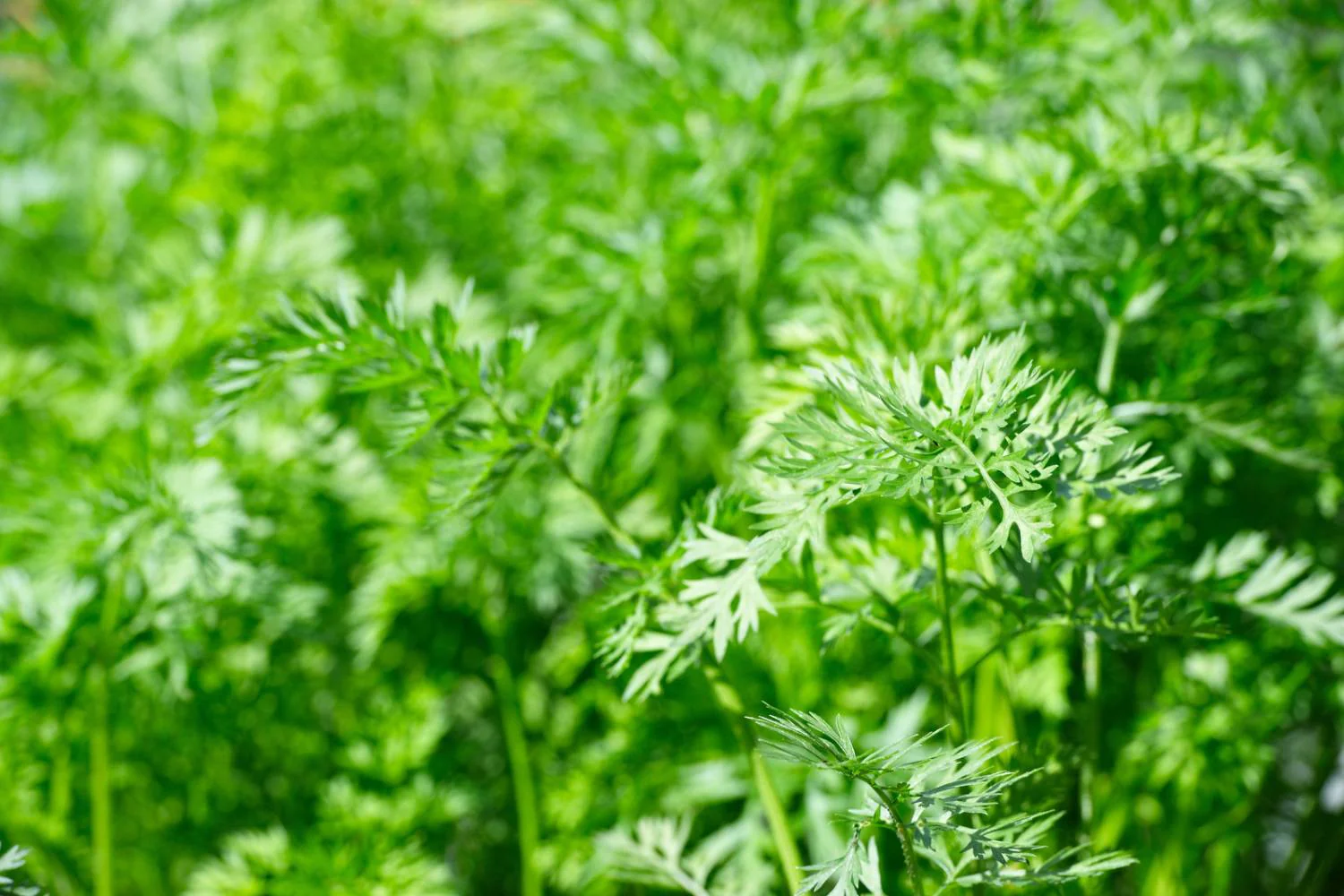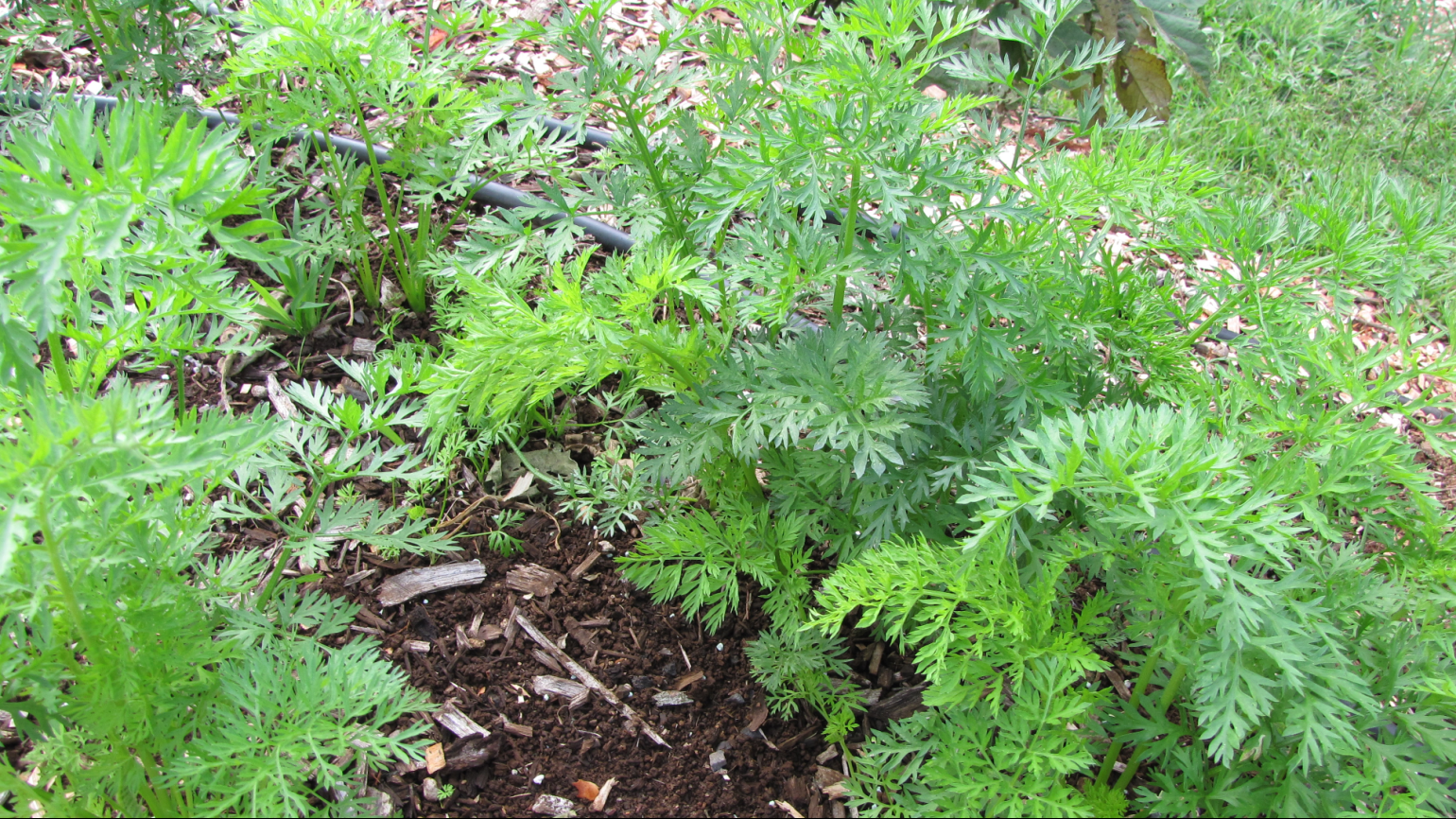Carrots are primarily propagated through seeds. Here are the steps to propagate carrots:
- Seed Selection: Choose high-quality carrot seeds from a reputable source. Consider the variety, growth characteristics, and flavor you desire.
- Soil Preparation: Carrots prefer loose, well-draining soil. Prepare the soil by removing any rocks, clumps, or debris. Ensure the soil is loose and free from compacted areas that may hinder root growth.
- Sowing Seeds: Carrots are typically sown directly into the garden soil, as they do not transplant well. Follow these steps for sowing carrot seeds:
- Create furrows or shallow trenches in the prepared soil. The depth should be approximately 1/4 to 1/2 inch (0.6-1.3 cm).
- Sow the carrot seeds along the furrows, spacing them according to the recommended seed packet instructions. Aim for about 1-2 inches (2.5-5 cm) between each seed.
- Gently cover the seeds with a thin layer of soil, making sure they are adequately buried but not too deep.
- Watering and Care: After sowing the seeds, water the soil gently but thoroughly to ensure the seeds are moist. Keep the soil consistently moist throughout the germination and growth process, but avoid overwatering, as it can cause the seeds to rot.
- Thinning: As the carrot seedlings begin to emerge and grow, thin them to provide adequate spacing for healthy root development. Thinning helps prevent overcrowding and competition for nutrients. When the seedlings reach a height of a few inches, carefully remove some of the excess plants, leaving space between each carrot plant according to the recommended spacing for the chosen variety.
- Weeding: Regularly weed the carrot patch to prevent competition for nutrients and water. Be cautious while weeding to avoid damaging the delicate carrot roots.
- Harvesting and Seed Saving: Allow some carrots to mature fully in the ground, even beyond the typical harvest stage. These mature carrots will develop a flowering stalk with umbrella-like clusters of white flowers. Allow the flowers to dry and form seed heads. Collect the seeds by gently shaking or rubbing the dry seed heads into a container. Store the seeds in a cool, dry place for future planting.
It’s important to note that carrots are biennial plants, meaning they have a two-year life cycle. While they are typically grown as an annual crop for the edible roots, allowing some plants to reach maturity and produce seeds allows for the continuation of the carrot’s lifecycle through propagation.



